The clean, cool and modernist jewellery design of new brand Dévé
Dévé draws from a multitude of influences for simple and subversive jewellery
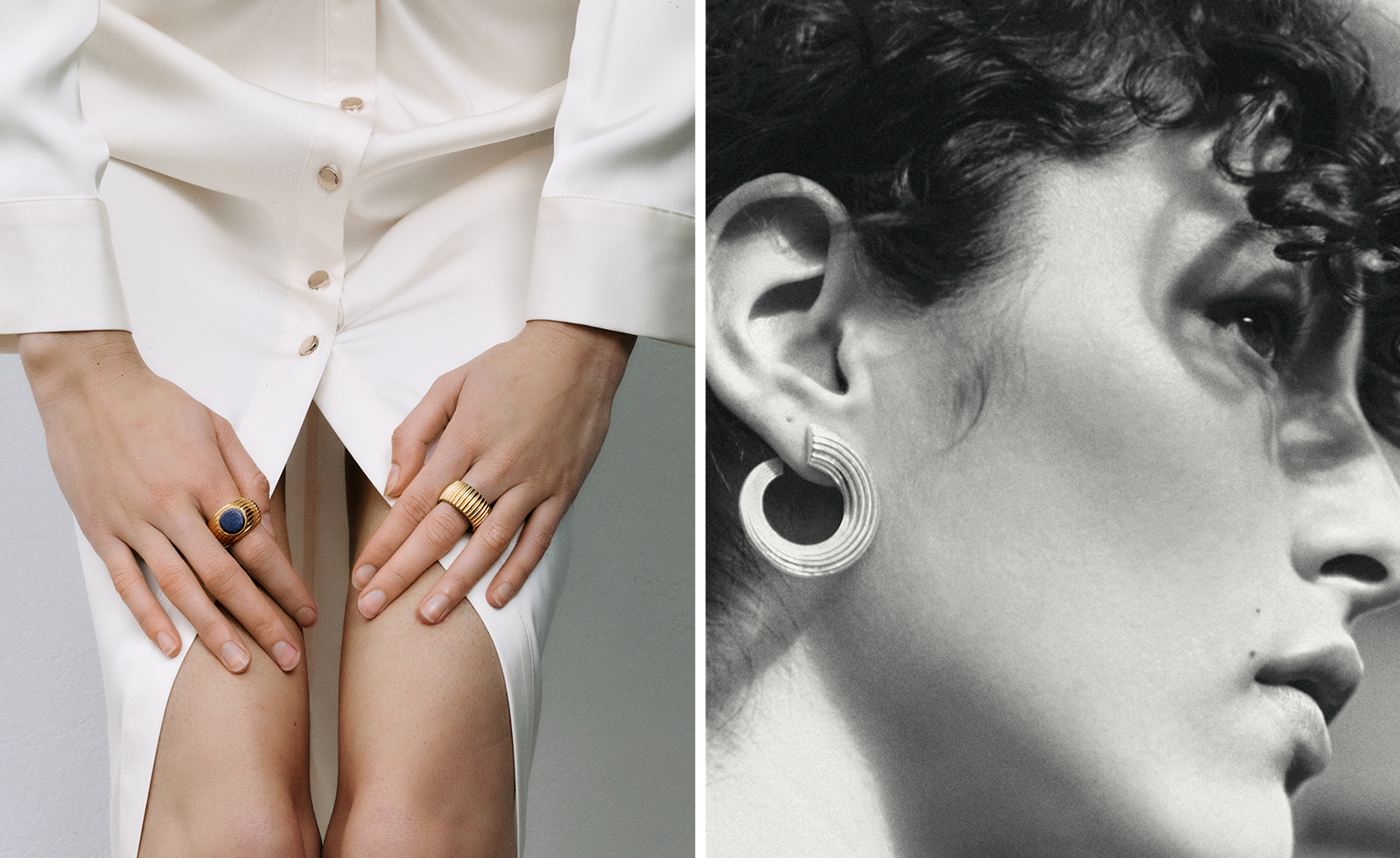
‘I’ve always been fascinated by modernist design – it was a period of groundbreaking change when designers decided to break away from embellished design and to develop something more simple, more refined, which resulted in extraordinary sculptural everyday objects,’ says jewellery designer Estelle Dévé, who launched her eponymous brand, Dévé, during lockdown in 2021.
With a focus on subverted simplicity, her clean jewellery design brings a sculptural sensuality to classic pieces. ‘I find designing simple things much more difficult than something embellished, and I’m really excited when I develop designs and get to the stage where I find that tipping point between simple and interesting.’
Modernist jewellery designs by Dévé
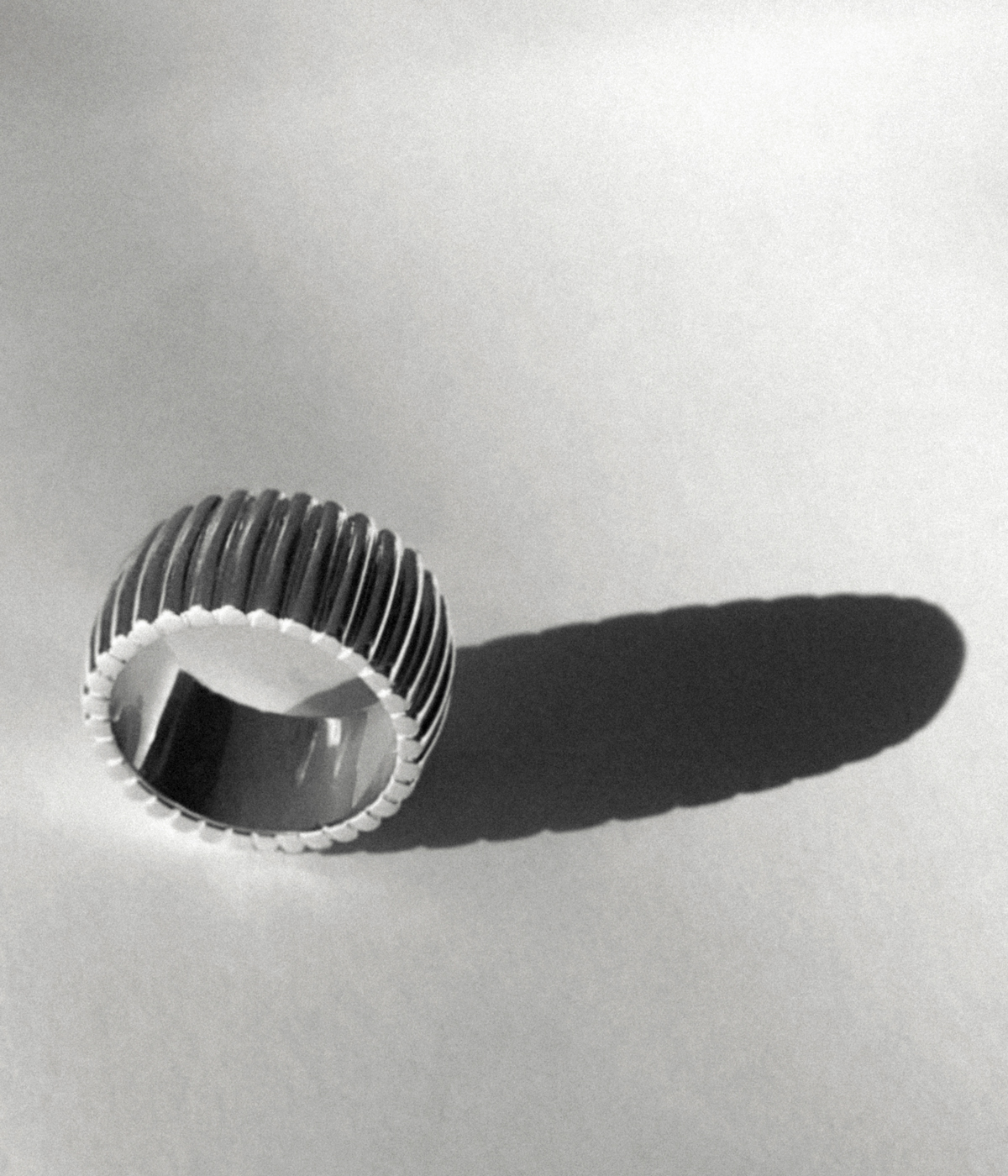
Coils of gold vermeil and sterling silver earrings take inspiration from Le Corbusier’s spirals, while the ‘Non-Conformist’ hoops look to the asymmetry of Eileen Gray’s ‘Non Conformist’ armchair. Fluidly drawn rings bring to life Keiji Uematsu’s undulating take on the relationship between object and space, while the ‘Neo Concrete Movement’ ring pays tribute to the emotional and tactile silhouettes proposed by Lygia Pape.
‘I create products that transcend trends and seasonality, and focus instead on building a range that people will still want to wear ten years from now. In terms of the fabrication, it means that the core materials and manufacturing process follow stringent standards. I want the customer to know that when they purchase one of my products, we have considered both the planet and the people who manufacture them,’ says Dévé. The jewellery is crafted mostly in recycled silver and fair mined gold vermeil, with a focus on fair working conditions and manufacturing methods.
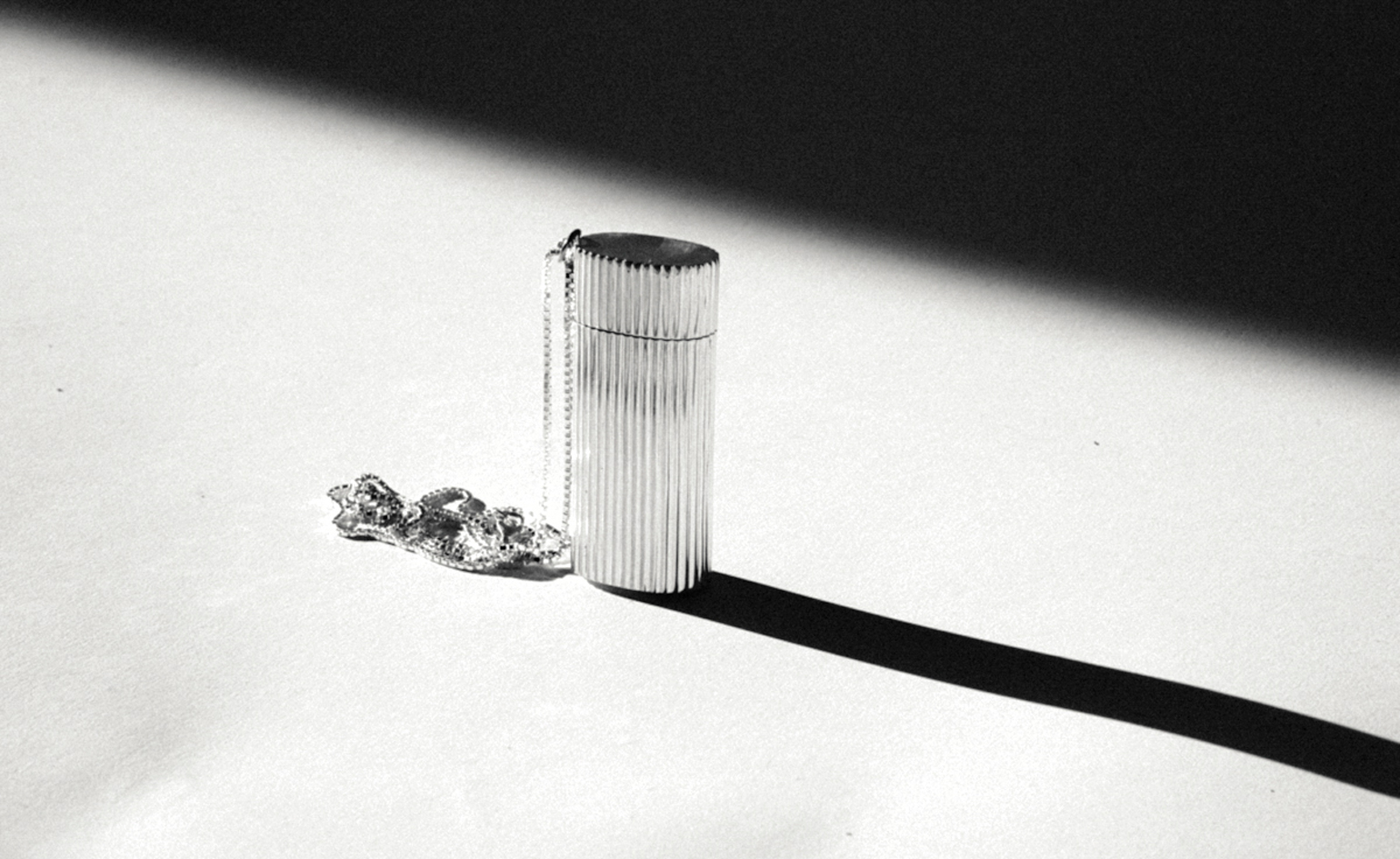
‘Sustainability and ethical trading informs the decisions I take as a business, as a designer and most of all which partners and factories I choose to align with,’ Dévé adds.
‘This means that I am somewhat limited in the materials and techniques I develop. The factory I currently work with specialises in silver and inlay but not in other techniques that I might have wanted to develop. So I have to find ways around or cancel designs altogether because they’re not capable of executing them. But in a way I find this challenge exciting: it forces me to approach things differently and to play to their strength, rather than trying to push them to make something they’re not comfortable with.’

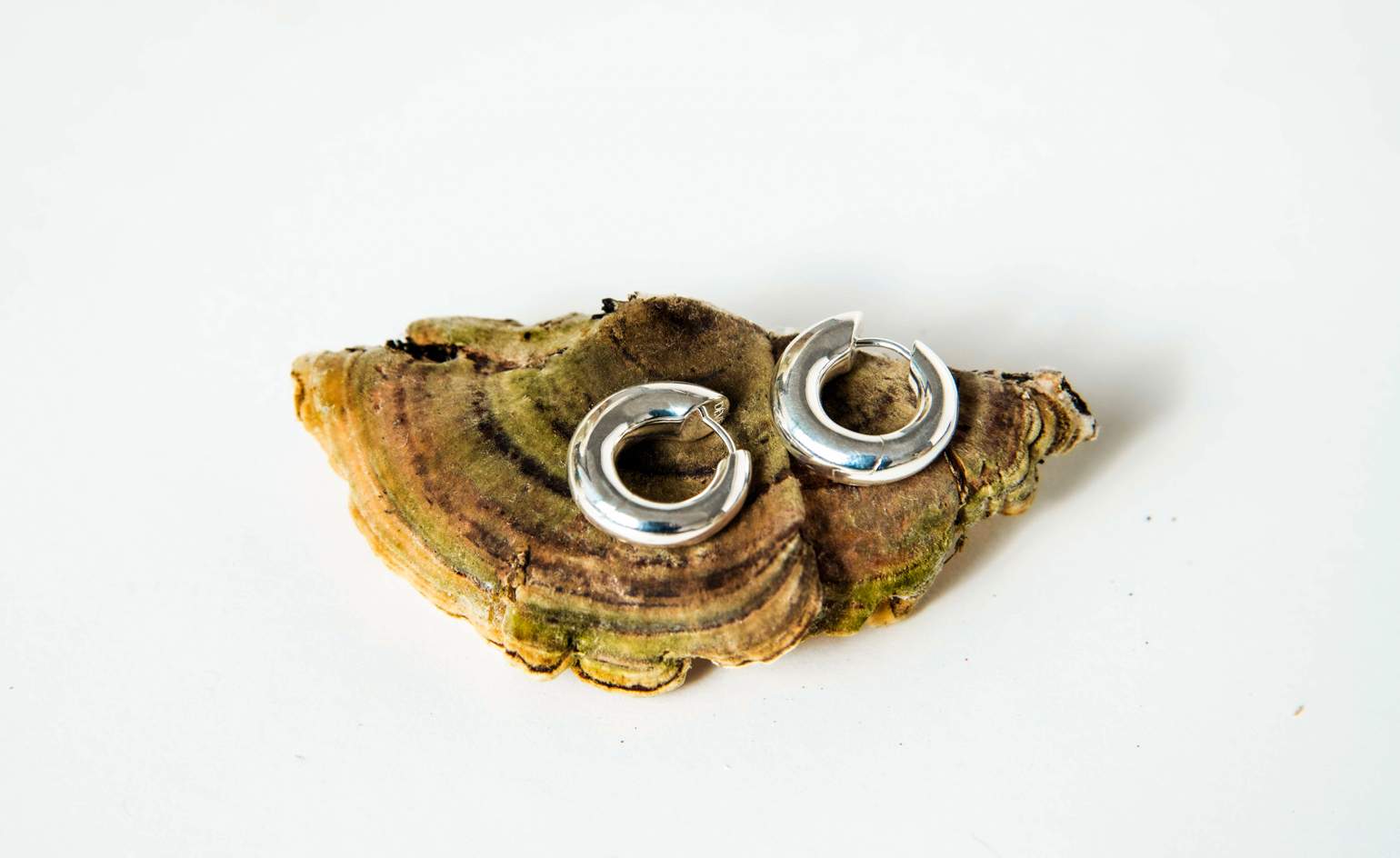
INFORMATION
Receive our daily digest of inspiration, escapism and design stories from around the world direct to your inbox.
Hannah Silver is the Art, Culture, Watches & Jewellery Editor of Wallpaper*. Since joining in 2019, she has overseen offbeat art trends and conducted in-depth profiles, as well as writing and commissioning extensively across the worlds of culture and luxury. She enjoys travelling, visiting artists' studios and viewing exhibitions around the world, and has interviewed artists and designers including Maggi Hambling, William Kentridge, Jonathan Anderson, Chantal Joffe, Lubaina Himid, Tilda Swinton and Mickalene Thomas.
-
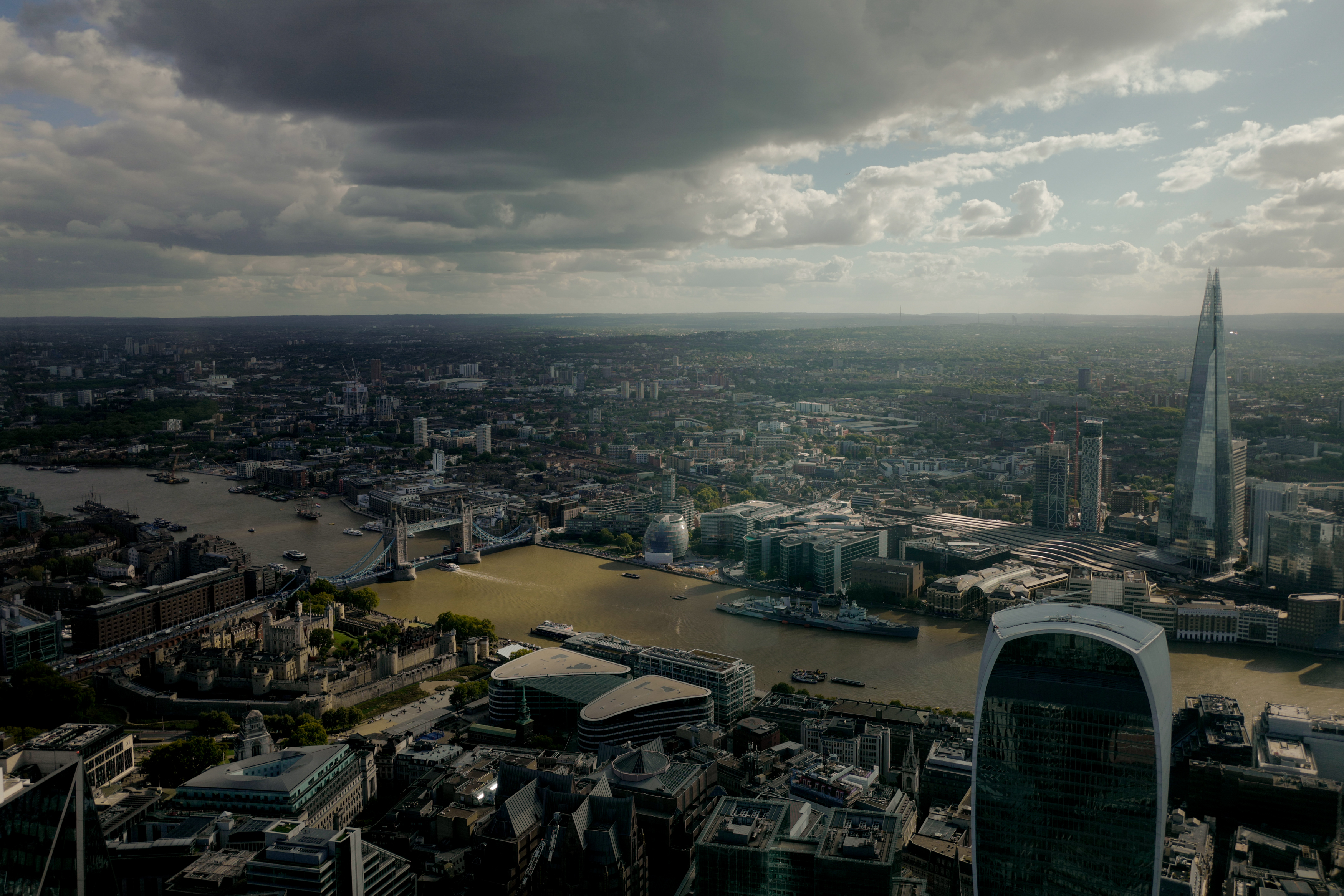 ‘Belonging’ – the LFA 2026 theme is revealed, exploring how places can become personal
‘Belonging’ – the LFA 2026 theme is revealed, exploring how places can become personalThe idea of ‘belonging’ and what it means in today’s world will be central at the London Festival of Architecture’s explorations, as the event’s 2026 theme has been announced today
-
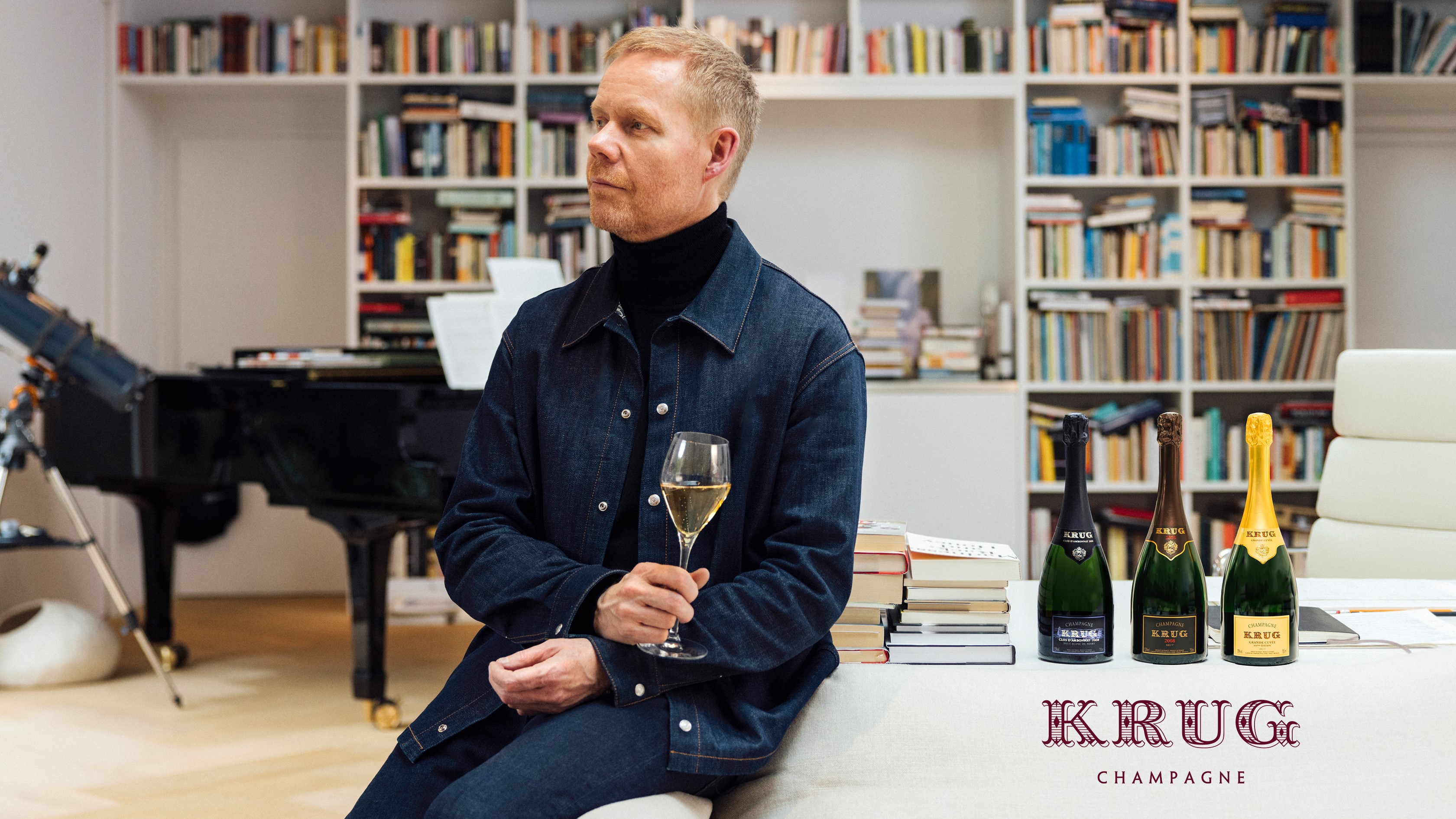 Composer Max Richter’s new trilogy turns Krug champagnes into music
Composer Max Richter’s new trilogy turns Krug champagnes into musicIn a dialogue between taste and sound, Krug and the genre-defying composer embark on a musical journey that celebrates intentional craftsmanship
-
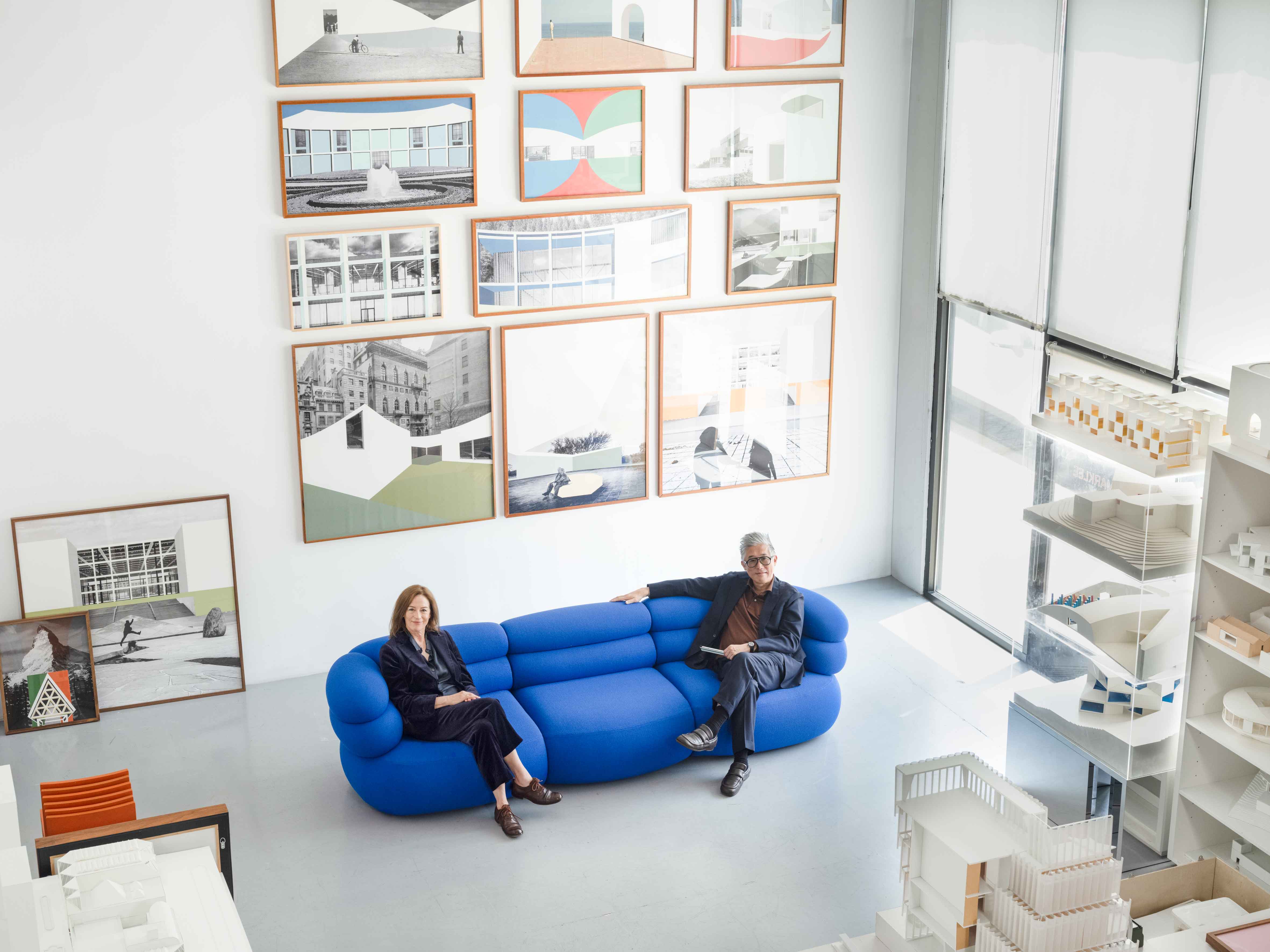 Johnston Marklee’s sofa for Knoll is inspired by the Michelin Man
Johnston Marklee’s sofa for Knoll is inspired by the Michelin Man1970s design icons, Bibendum, and macaroni were on architects Sharon Johnston and Mark Lee's minds while designing the ‘Biboni’ sofa for Knoll